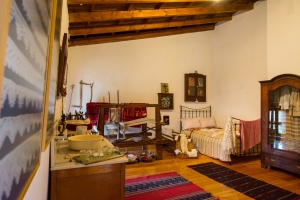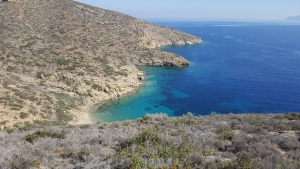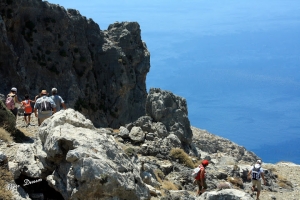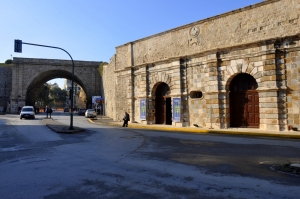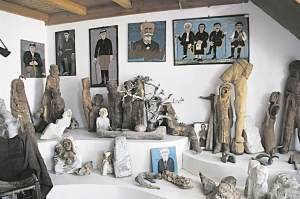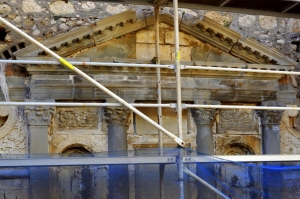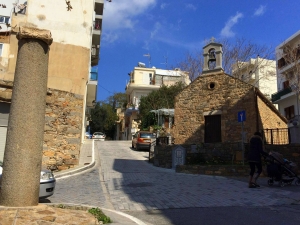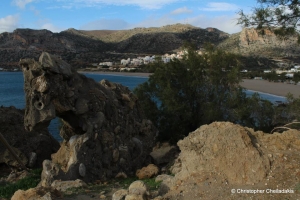The Folklore Museum of Ano Asites operates since 1995 in a traditional building of 1880. It represents a traditional Cretan house, where the ground floor houses the warehouse and the kitchen, and the floor houses the bedroom and the living room.
On the island there are several small beaches, the largest of which is located north of the site is sandy. Just below the ancient settlement (to the south) there is a small bay with two small beautiful pebble beaches. All beaches of Pseira are located on the south side of the island thus they are protected from ordinary north winds.
Asterousia Mountains are characterized by the wildness and the eerie landscapes causing awe to anyone attempting to discover them. A trail that offers countless emotions is the ancient path that connects the village Paranimfi to Tris Ekklisies and runs on the edge of the cliff.
Gate Pantocrator, known more as Chanioporta, is one of the central points of Heraklion and used to be the main exit to the western Crete. From a single room inside the gate start two arched galleries with different entrances, one (the main) leading to the west and the other (military gallery) leading to the southern low square of bastion Pantocrator.
The museum is dedicated to the folk artist Skoulas Alkiviades (Gryllios) who lived from 1902 to 1996 and was the father of the great Cretan musician Vasilis Skoulas.
Priuli Fountain or Fontana Nuova is located at Delimarkou Street, behind the Bodossakio School and opposite the Venetian gate of Dermatas. It was built near the end of the great siege of Candia (1648-1669), after the Ottoman besiegers interrupted the water supply from the aqueduct that carried water from Youchtas area.
The church of the Virgin ‘Panagia Vrefotrofos’ (the protector of infants) is located in the center of the city of Agios Nikolaos, near the sea. It's construction dates back from the 12th century and it bears frescoes of the 14th century.
At the end of the long beach or a Pahia Ammos, at the west side of Paleochora, there is the Horse of Paleochora. This is not an animal but a very large and impressive rock of conglomerate limestone that reminds of a horse head. With a little imagination one can see the face and the eyes of the horse watching the long sandy beach that stretches in front of it.











